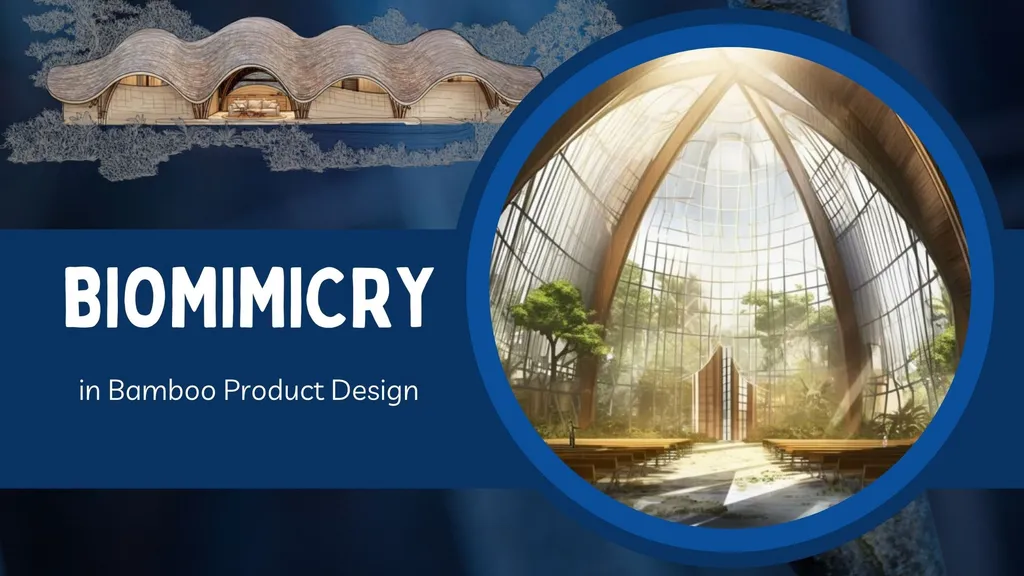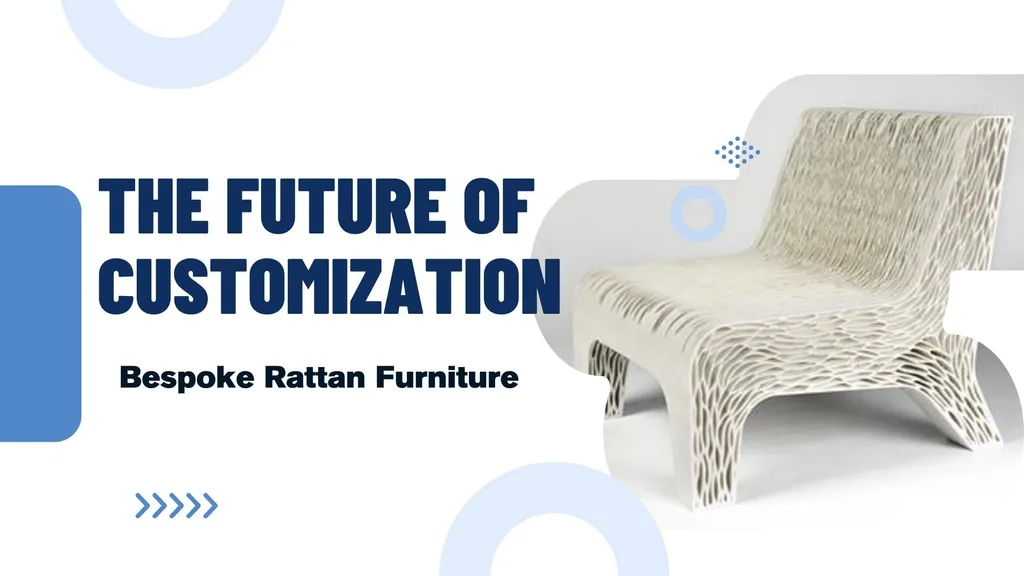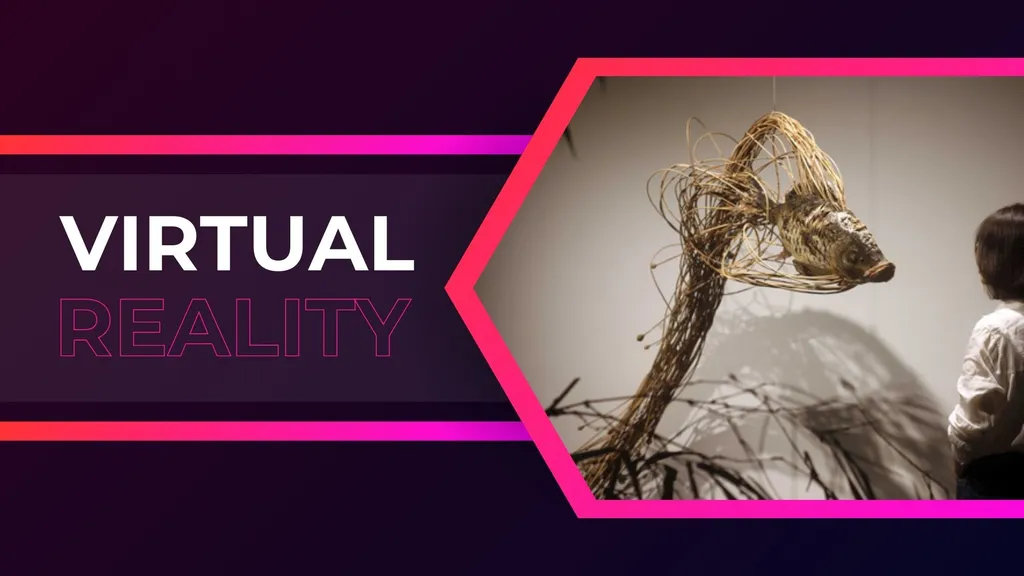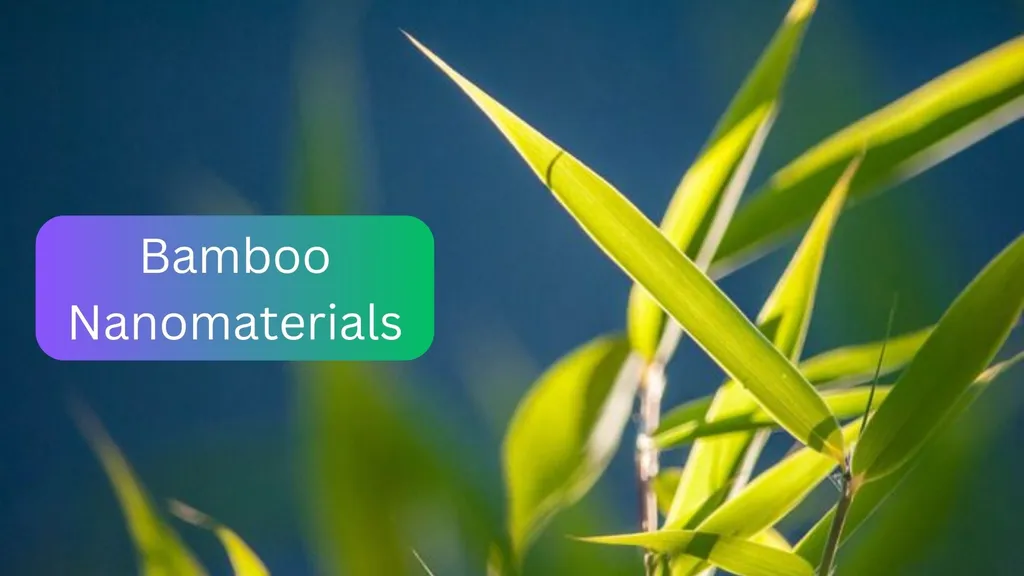
In an era where sustainability is paramount, designers are turning to nature for inspiration. Biomimicry, the practice of emulating nature’s time-tested strategies, offers innovative solutions for sustainable product design. Bamboo, with its rapid growth, strength, and eco-friendly properties, is a prime candidate for biomimetic applications. This blog explores how biomimicry principles, applied to bamboo product design, create sustainable, functional, and aesthetically pleasing solutions, revolutionizing industries like furniture, architecture, and textiles.
Understanding Biomimicry in Product Design
Biomimicry draws from nature’s optimized systems, refined over millions of years, to inspire sustainable designs. By studying natural forms—like the lightweight strength of bird wings or the water-repellent surface of lotus leaves—designers create products that are efficient and environmentally conscious. Bamboo, a material embodying resilience and sustainability, aligns perfectly with biomimicry’s philosophy of co-evolving with natural systems, offering a blueprint for eco-friendly innovation.
Core Principles of Biomimicry in Sustainability
Biomimicry is guided by principles that prioritize sustainability:
Nature as a Model: Designers study biological systems, such as a leaf’s nutrient distribution, to create efficient structures like furniture or packaging.
Material Efficiency: Mimicking nature’s frugal resource use, bamboo products minimize waste and environmental impact.
Closed-Loop Systems: Inspired by nature’s recycling cycles, bamboo designs ensure materials are reusable or biodegradable, reducing ecological footprints.
Flexibility and Adaptability: Bamboo’s ability to bend without breaking inspires products that adapt to changing environments, like flexible architecture in disaster-prone areas.
Regeneration: Bamboo products can contribute to ecological health, much like trees that enrich soil, fostering restorative design.
These principles guide designers toward innovations that harmonize with the environment, with bamboo as a key material.
Bamboo: A Sustainable Design Star
Bamboo’s unique properties make it ideal for biomimetic design:
Rapid Renewability: Growing up to 91 cm daily, bamboo regenerates quickly, reducing reliance on slow-growing hardwoods.
High Strength-to-Weight Ratio: Its tubular structure offers steel-rivaling tensile strength, perfect for lightweight, durable products.
Aesthetic Appeal: Bamboo’s natural texture and warm tones enhance designs without harmful treatments.
Eco-Friendly Cultivation: Requiring minimal pesticides and aiding soil stabilization, bamboo supports environmental conservation.
These qualities position bamboo as a cornerstone for sustainable product development, from furniture to structural engineering.
Comparing Bamboo with Traditional Materials
Bamboo outperforms traditional materials like wood, steel, and plastic in sustainability and performance:
Strength and Flexibility: Bamboo’s tensile strength rivals steel, while its flexibility makes it ideal for seismic-resistant structures.
Sustainability: Unlike hardwoods, which take decades to mature, bamboo is harvestable in 3–5 years, minimizing deforestation. It also sequesters carbon, unlike high-emission metals and plastics.
Biodegradability: Bamboo’s recyclability and biodegradability contrast with plastic’s environmental persistence.
Aesthetic Versatility: Its natural patterns reduce the need for chemical finishes, unlike treated woods.
Bamboo’s advantages make it a transformative material for sustainable design.
Bamboo Biomimicry in Action: Case Studies
Bamboo’s biomimetic potential shines in real-world applications:
Luum Temple, Tulum, Mexico: This architectural marvel uses bamboo arches to withstand hurricanes, mimicking nature’s resilient structures.
Bamboo Fiber Reinforced Composites (BFRC): Combining bamboo’s fibrous strength with polymers, BFRC creates high-performance materials for automotive and construction industries.
Bamboo Textiles: Inspired by bamboo’s moisture-wicking and antimicrobial properties, eco-friendly sportswear offers sustainable, functional alternatives.
These examples highlight bamboo’s ability to blend aesthetics, functionality, and sustainability across industries.
Techniques for Biomimetic Bamboo Design
Incorporating biomimicry into bamboo design involves techniques that mirror nature’s efficiency:
Hollow Structures: Replicating bamboo’s lightweight, strong architecture reduces material use while maintaining durability.
Flexibility Optimization: Designs that bend like bamboo stalks enhance resilience in products like furniture or buildings.
Layered Compositions: Mimicking bamboo’s layered structure creates robust composites for advanced applications.
Parametric Design: Digital tools simulate bamboo’s geometry, optimizing form and function.
Life-Cycle Assessment (LCA): Evaluating bamboo’s environmental impact from cultivation to disposal ensures sustainable production and biodegradability.
These methods align modern design with nature’s wisdom, fostering eco-conscious innovation.
Challenges and Future Trends
Despite its promise, bamboo faces barriers to widespread adoption:
Cultural Perceptions: Often seen as a low-status material, bamboo requires advocacy to gain acceptance in high-value markets.
Durability Concerns: Untreated bamboo’s susceptibility to pests demands sustainable treatment innovations.
Standardization: Lack of universal guidelines hinders bamboo’s use in construction; clear standards are needed.
Future trends include advanced bamboo composites, adaptive architecture for disaster resilience, and increased focus on sustainability as consumer demand grows. Technological advancements and educational outreach will further elevate bamboo’s role in design.
Conclusion: Bamboo’s Sustainable Future
Bamboo biomimicry offers a path to sustainable, innovative design, blending nature’s lessons with human ingenuity. By leveraging bamboo’s rapid growth, strength, and eco-friendly properties, designers can create products that meet modern needs while preserving the environment. As a leader in sustainable craftsmanship, Ethical Handicraft Manufacturer (EHM) embraces these principles, producing bamboo products that inspire a greener future. Visit handicraftmanufacturer.com to explore how EHM is shaping the future of sustainable design.




